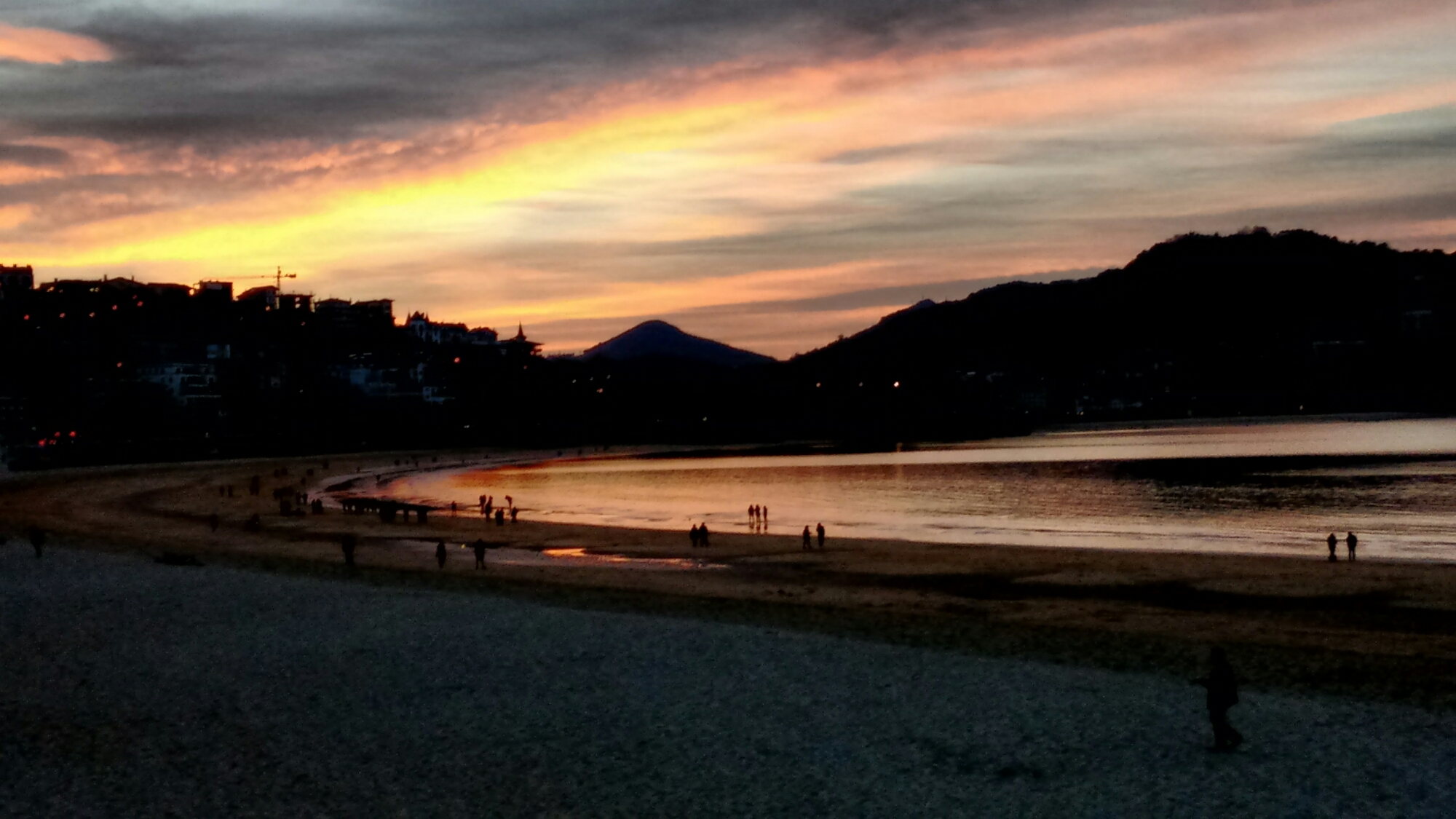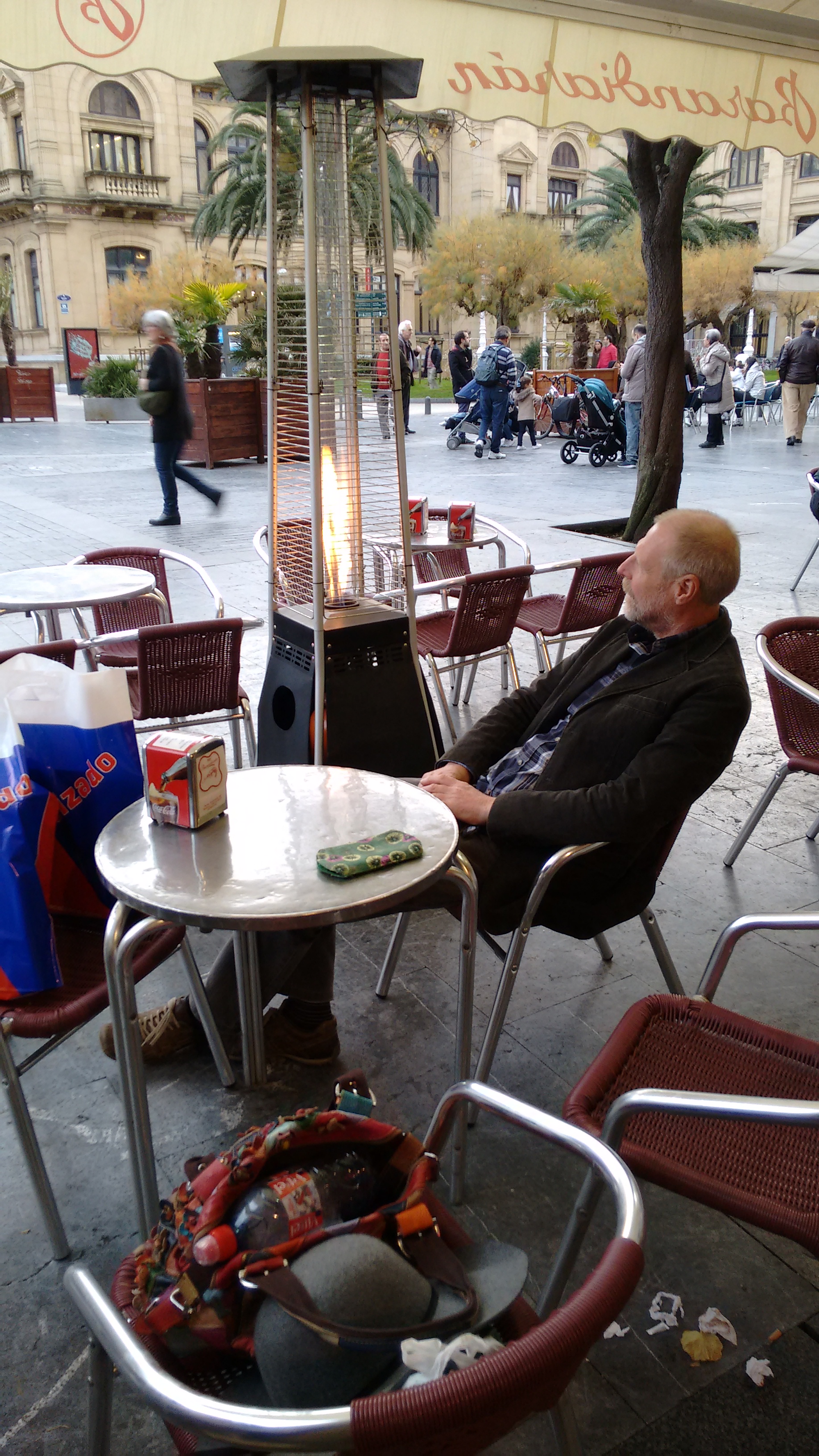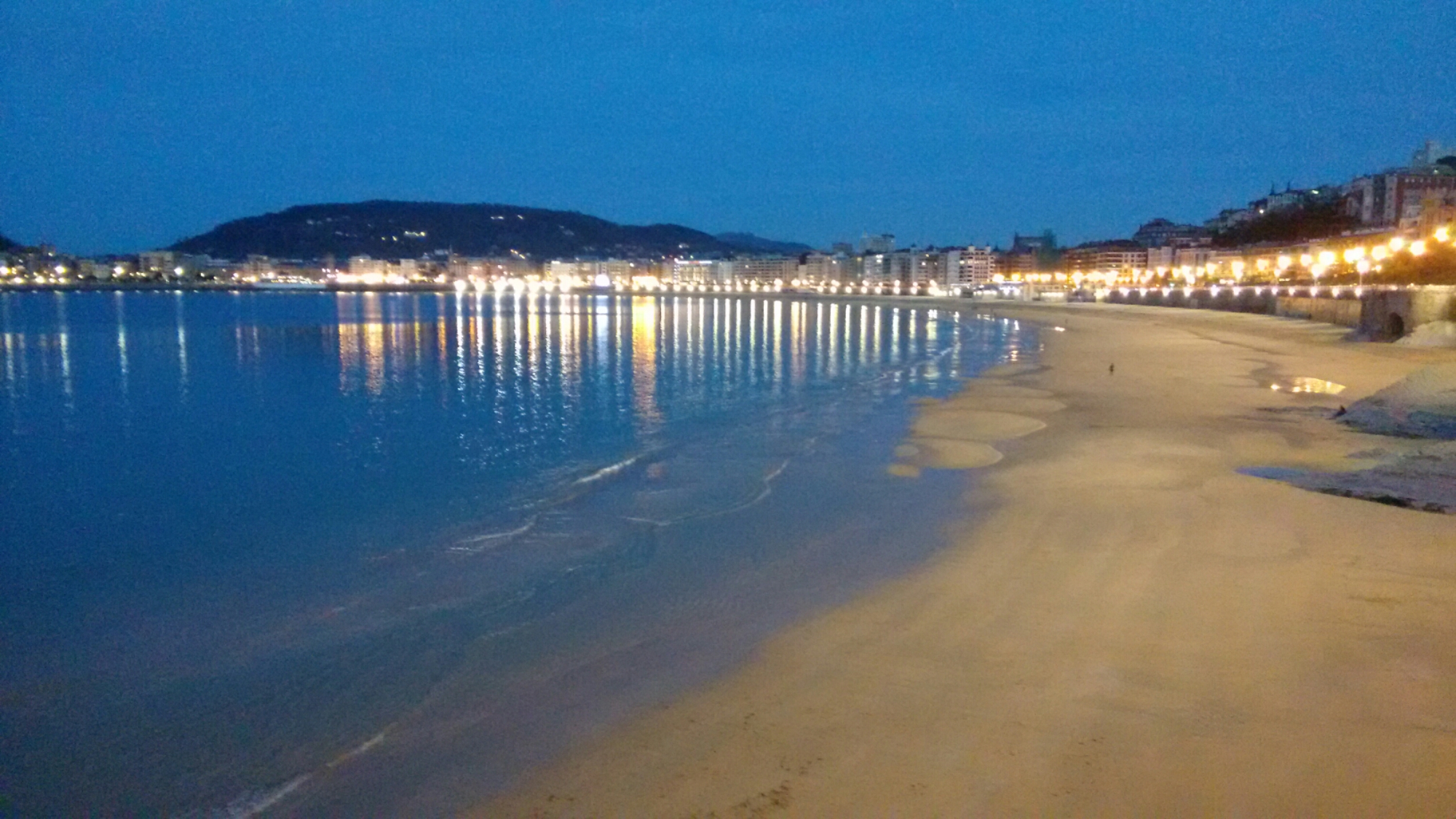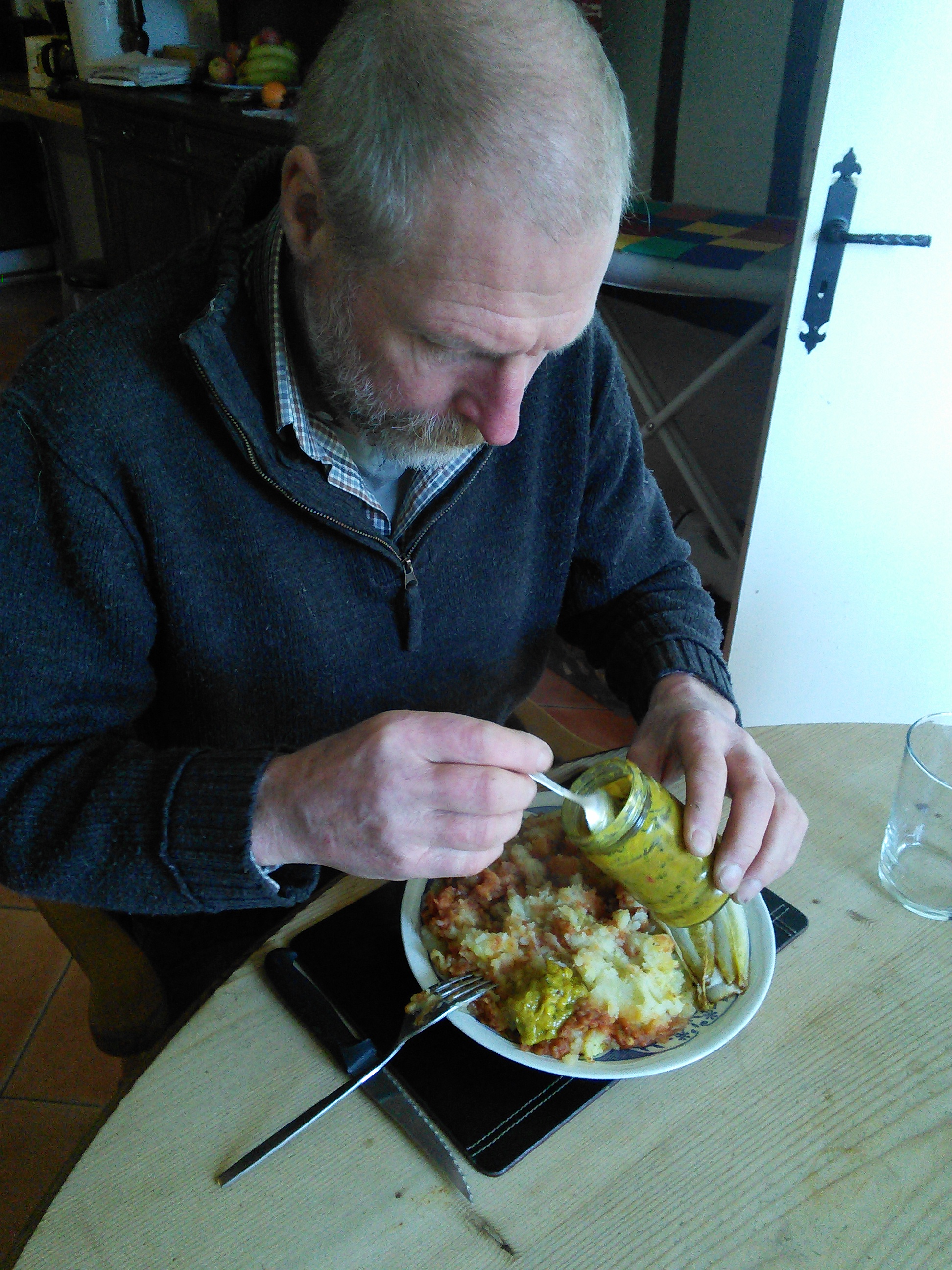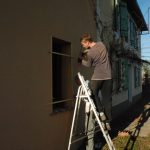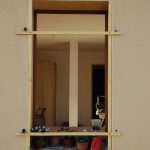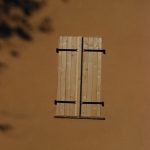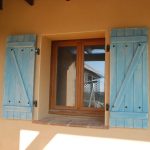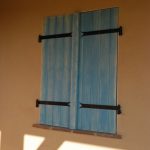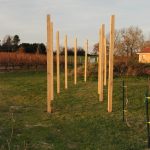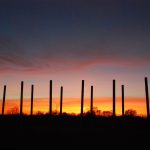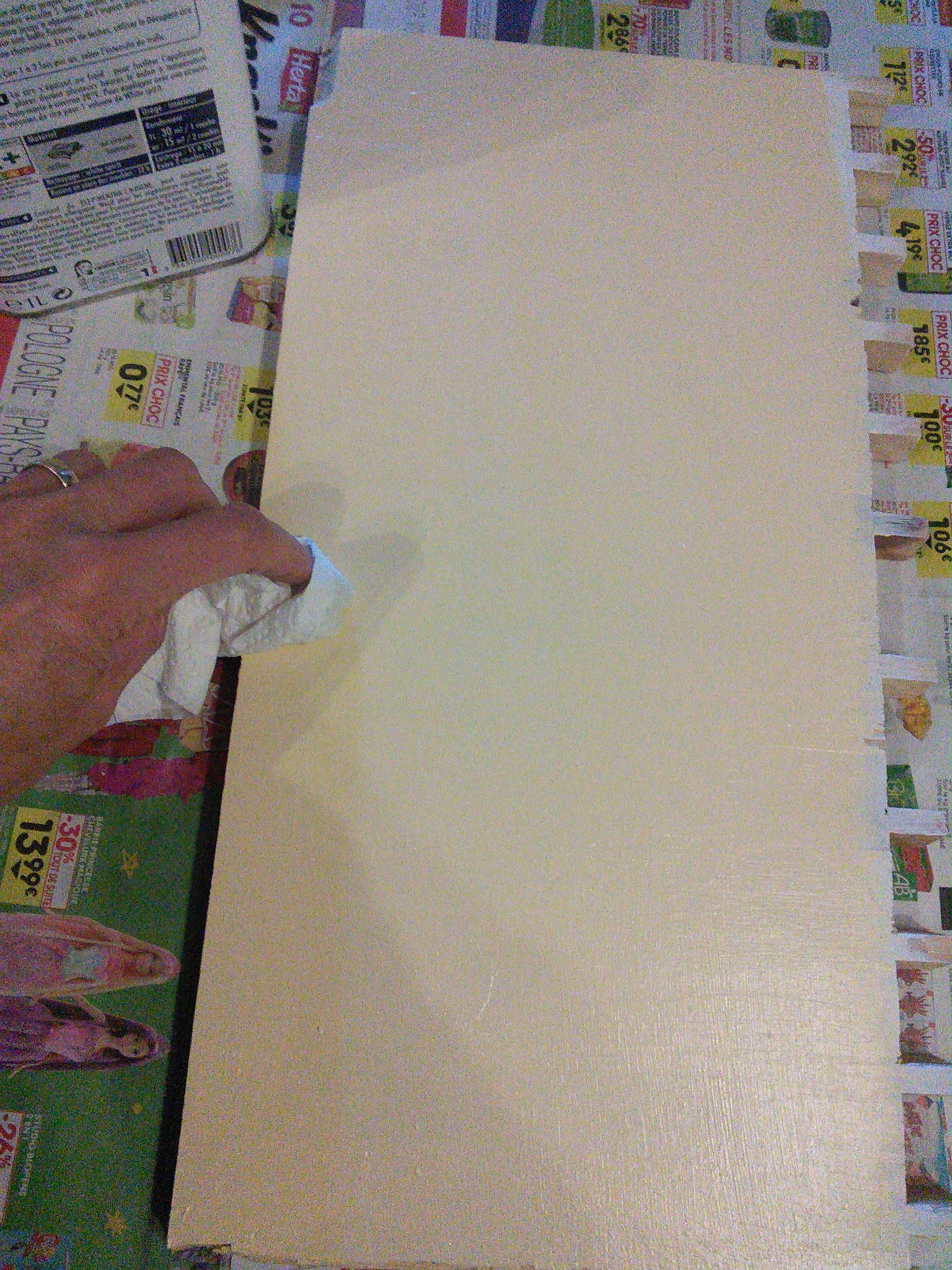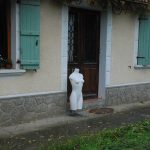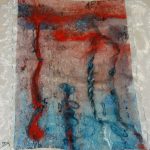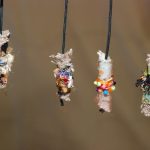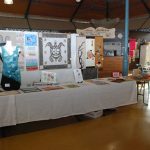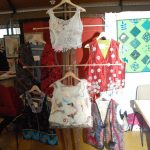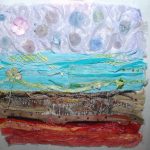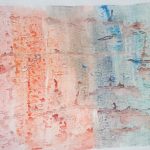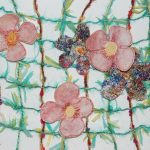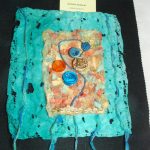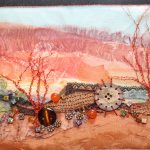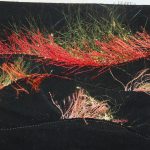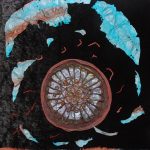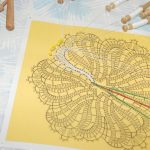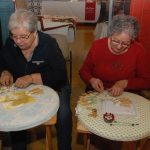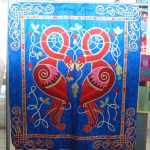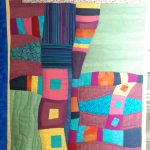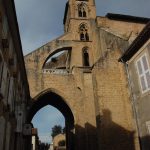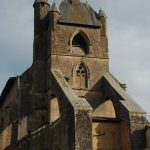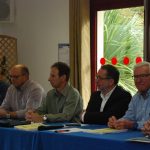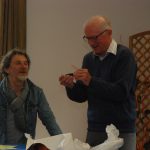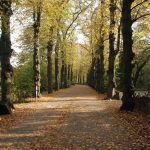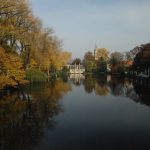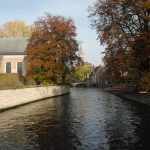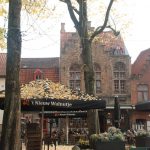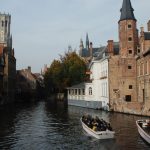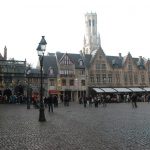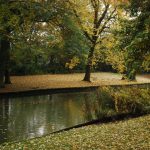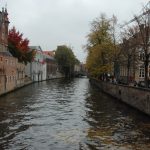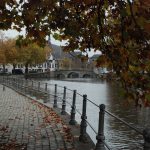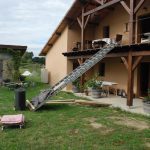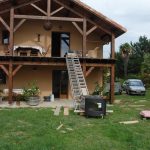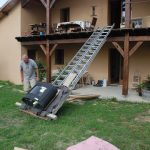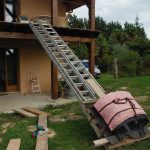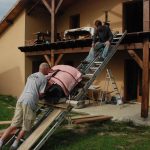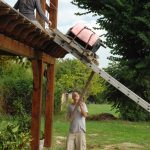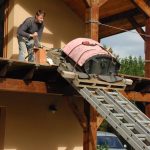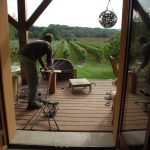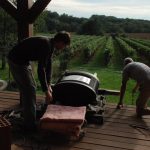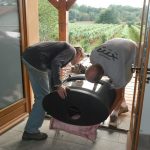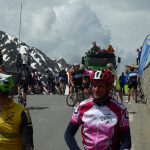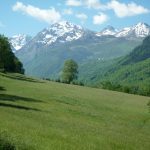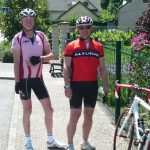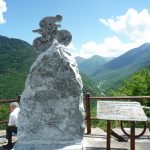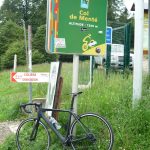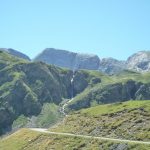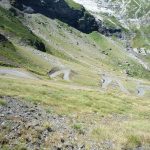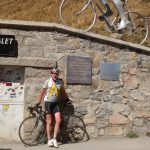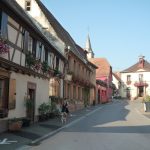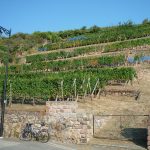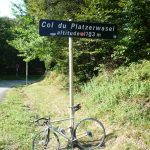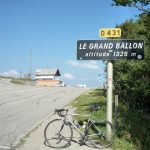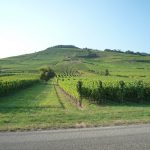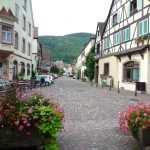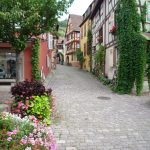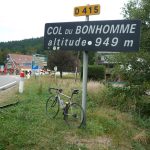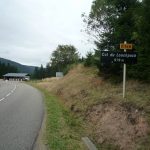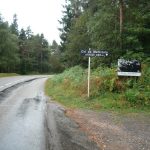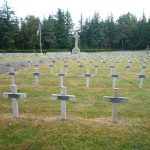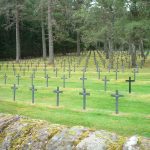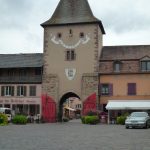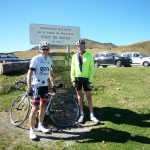I’ve just discovered three blogs, written at various points over the last few weeks, which for some reason I haven’t published. So, in no particular order, I’m publishing them now.
Tuesday morning dawned, another beautiful day of clear, blue skies and sunshine; Wednesday’s students were in England and Friday’s had an art exhibition to prepare; so what was to stop us having a few days off and heading to Spain in the camper?
We packed clothes, camera and books, filled the fridge with home made ready meals from the freezer, found a camper van site on the edge of San Sebastian and we were off; though I’m not sure we’ll ever get used to being able to drive to Spain in two or three hours.
Very soon a warning light appeared on the dashboard under the dashcam that we just purchased after looking at the Review by car bibles; it’s happened before and is accompanied by a drop in power. Nick thought the fuel injectors were dirty and that he’d sorted it by adding cleaner to the diesel, but this time it was worse than before and we only got as far as Mont de Marsan before having to turn back, very disappointed.
Undeterred however, the next day we set off in the car. It seemed strange to be scraping frost from the windscreen in order to go to the seaside, but the sun soon rose and burnt the frost off the fields and hills. It was a lovely day, there were fewer tourists than in summer, though a few hardy souls even braved swimming in the sea.
I struggle to find shoes to fit in France, as the French have little feet, so thought I’d see what Spain had to offer. I felt sorry for the poor girl whose job it was to serve me, as I tried to explain, with my miniscule knowledge of Spanish, that I was looking for brown boots, in leather, not suede, because the garden gets thick in mud in winter, so they need to be easy to clean. Not having the vocab for leather, suede, mud or many other words meant this exchange was more a game of charades than a conversation! But she was lovely, tolerated my efforts with good grace (laughter’s an international language,isn’t it?) and found me just what I was looking for, in my size.
We watched the sunset as we walked back along the seafront to the carpark, along with what seemed to be most of San Sebastian’s population, promenading as the Spanish love to do in the evenings. I don’t suppose we’ll have another chance to get away this year, but hopefully Nick will be able to diagnose the problem and repair the camper by the spring.

